17 YouTubers Who Accidentally Changed the Internet
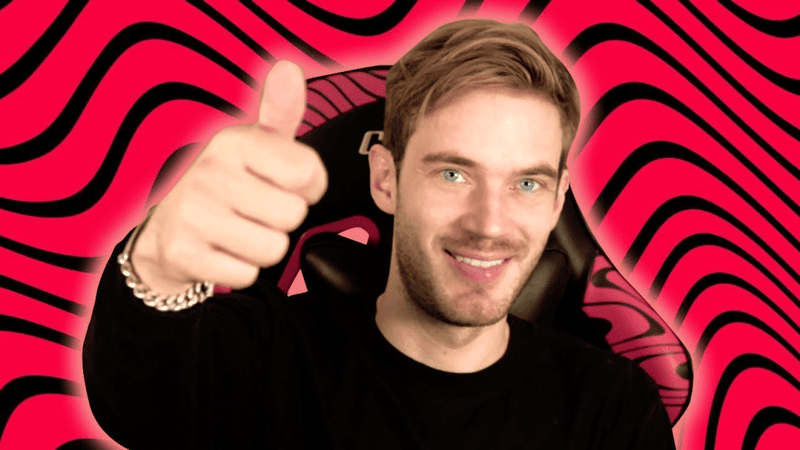
YouTube started as a simple video-sharing site, but some creators accidentally sparked changes that went far beyond their original videos. From fake vlogs that fooled millions to drama that rewrote platform rules, these YouTubers didn’t plan to reshape the internet. Their unintended consequences created new standards, sparked global conversations, and changed how we think about online content forever.
1. Lonelygirl15

Back in 2006, a teenage girl named Bree started posting vlogs about her daily life from her bedroom. Millions of viewers tuned in to watch her talk about school, friends, and family drama.
Everything seemed perfectly normal until people discovered the shocking truth. Bree wasn’t real at all – she was an actress named Jessica Lee Rose, and her entire life was scripted by professional writers.
This revelation completely changed how people viewed online content. Before Lonelygirl15, most assumed vlogs were always genuine personal diaries. The discovery that creators could blur the lines between reality and fiction forever altered our understanding of internet authenticity and trust.
2. PewDiePie
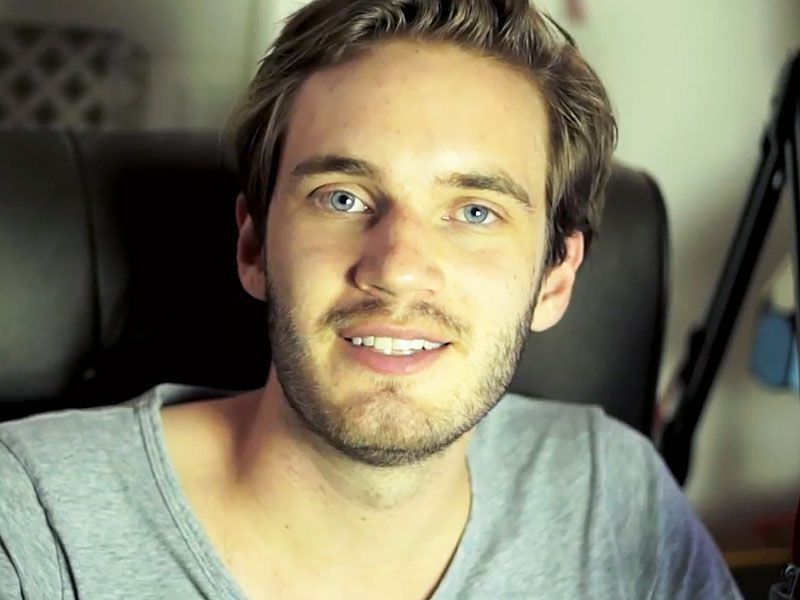
Felix Kjellberg just wanted to make funny gaming videos in his small apartment. His energetic reactions and silly voices slowly built a massive following that nobody expected.
When Indian music company T-Series threatened to overtake his subscriber count, something magical happened. Fans worldwide launched a campaign to keep PewDiePie as the most-subscribed individual creator, creating memes, billboards, and even hacking printers.
This “war” accidentally proved how deeply fans connect with individual creators versus corporations. The movement showed that YouTube audiences care more about personal relationships than polished content. PewDiePie’s journey from bedroom gamer to internet icon redefined what creator-fan loyalty could look like in the digital age.
3. MrBeast
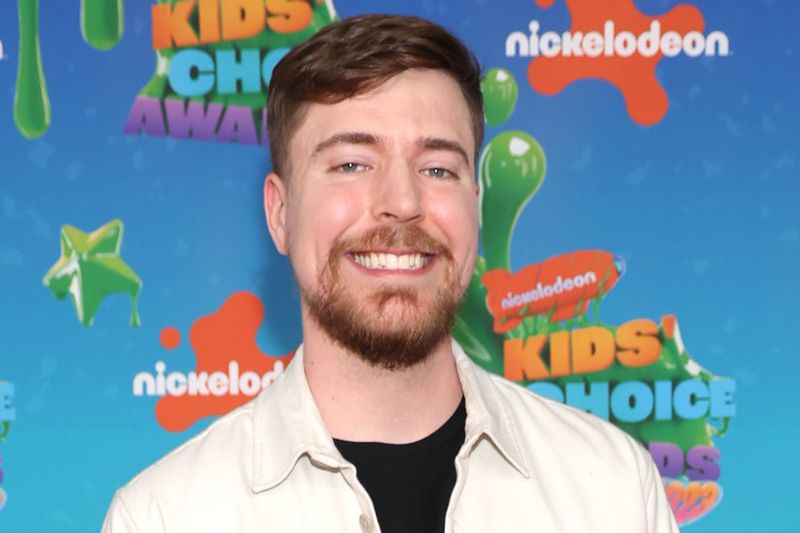
His early content barely got any views, and he seemed like just another small creator.
Everything changed when he began giving away increasingly larger amounts of money and creating extreme challenges. His “I Gave $1,000,000 To Random People” videos became the new gold standard for viral content.
MrBeast accidentally created a new YouTube formula where creators now feel pressured to spend enormous amounts on production. His success proved that massive giveaways and over-the-top challenges could guarantee millions of views. This shifted the entire platform toward bigger budgets and more extreme content to compete for audience attention.
4. Filthy Frank

George Miller created one of YouTube’s most chaotic characters – Filthy Frank. The bizarre skits, offensive humor, and pink spandex suit entertained millions while pushing every boundary possible.
Nobody expected this internet weirdo to completely reinvent himself as a serious R&B musician named Joji. His transformation from meme lord to chart-topping artist shocked everyone who knew his previous work.
This dramatic career switch proved that YouTubers could successfully transition into mainstream entertainment. Joji showed creators they weren’t trapped by their online personas forever. His success opened doors for other content creators to pursue music, acting, and traditional media careers without being limited by their YouTube reputation.
5. Nyan Cat
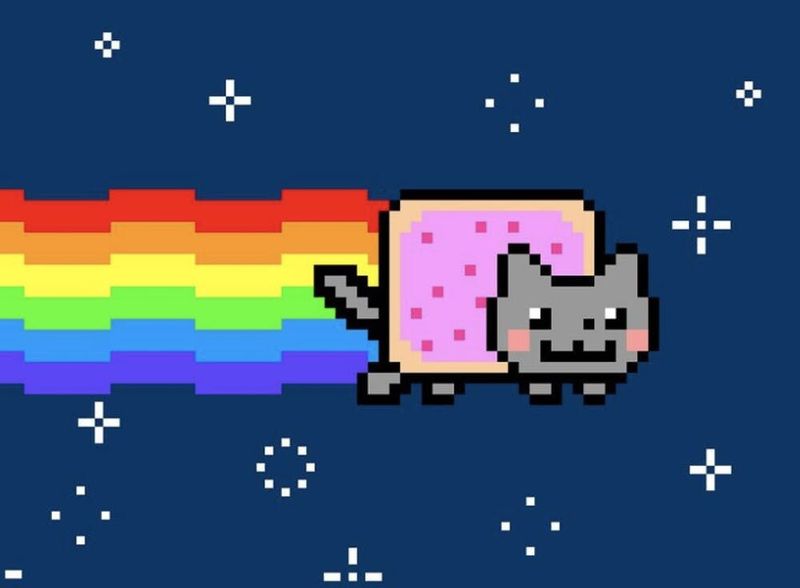
Chris Torres drew a simple pixel art cat with a Pop-Tart body flying through space. He set it to a catchy Japanese song and uploaded the 10-second loop to YouTube.
This innocent creation became one of the internet’s most recognizable memes. The repetitive rainbow trail and annoying-yet-addictive music spread across every social media platform imaginable.
Nyan Cat accidentally established the template for viral meme videos. Its success showed that simple, repetitive content could capture global attention better than expensive productions. The phenomenon proved that internet fame often comes from the most unexpected places. Torres never intended to create a cultural icon, but his rainbow cat became a permanent piece of internet history.
6. HolaSoyGerman

Most people assumed English content dominated YouTube’s biggest channels.
His energetic personality and relatable humor attracted Spanish-speaking audiences worldwide. Germán accidentally became one of YouTube’s most-subscribed creators without speaking English in his main content.
This success shattered the myth that creators needed English content to achieve global fame. HolaSoyGerman proved that authentic personality transcends language barriers. His achievement encouraged creators from non-English speaking countries to make content in their native languages. Germán’s success accidentally sparked YouTube’s expansion into international markets and showed the platform’s true global potential beyond just English-speaking audiences.
7. Jenna Marbles
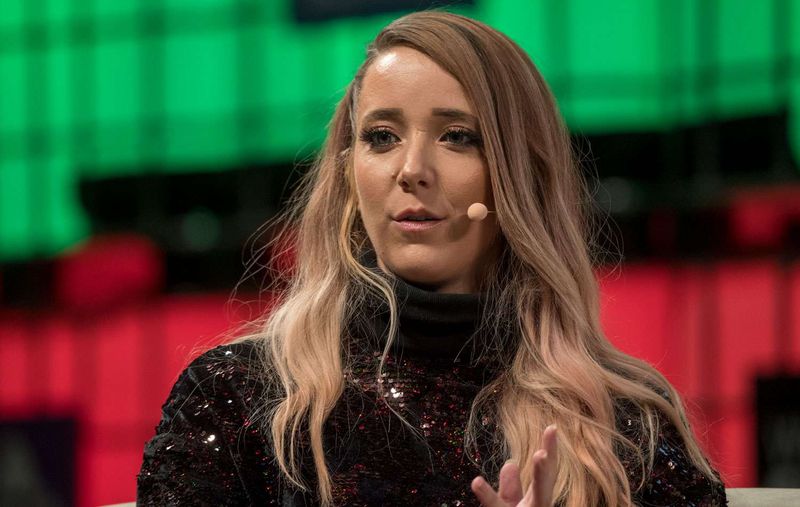
Jenna Mourey became YouTube royalty through silly videos about her dogs, terrible DIY projects, and self-deprecating humor. Her genuine personality made millions feel like they were hanging out with their best friend.
After a decade of success, Jenna voluntarily left YouTube in 2020. She apologized for old content that hadn’t aged well and decided to step away from the platform entirely.
Her departure sparked massive conversations about accountability and growth. Jenna’s decision to leave rather than defend problematic past content set a new standard for how creators should handle criticism. Her exit accidentally created a blueprint for taking responsibility online. Many creators now reference her approach when addressing their own controversial past content or mistakes.
8. Shane Dawson
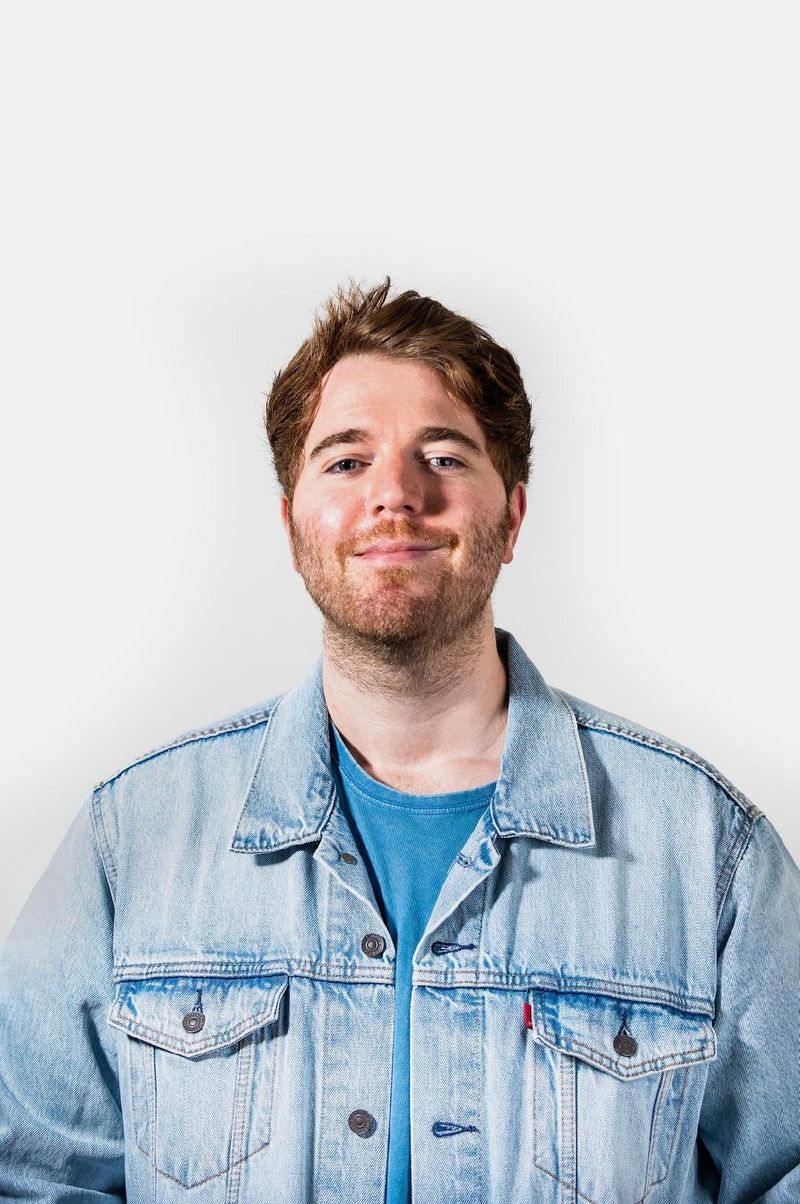
Shane started with sketch comedy and celebrity impressions, building a massive following through simple, funny videos. His early content followed traditional YouTube formats that most creators used.
Years later, Shane accidentally revolutionized YouTube storytelling by creating documentary-style series about internet mysteries and fellow creators. His multi-part investigations felt more like Netflix shows than typical YouTube videos.
This shift changed how YouTubers approach long-form content. Shane proved that audiences would watch hour-long videos if the storytelling was compelling enough. His documentary format inspired countless creators to experiment with deeper, more cinematic content. The success of his series accidentally pushed YouTube toward premium-quality productions and showed that the platform could compete with traditional television.
9. Caspar Lee

Being one of the biggest British creators, his success helped establish the foundation of influencer culture.
However, his later struggles with burnout and eventual transition away from regular content creation highlighted problems nobody talked about. Caspar openly discussed the mental health challenges of constant content creation.
His honesty accidentally sparked important conversations about creator wellbeing. Before Caspar’s openness, most YouTubers pretended everything was perfect behind the scenes. His willingness to discuss burnout, anxiety, and the pressure to constantly produce content changed how the community approaches mental health. Many creators now openly discuss their struggles, partly because Caspar normalized these conversations first.
10. Logan Paul
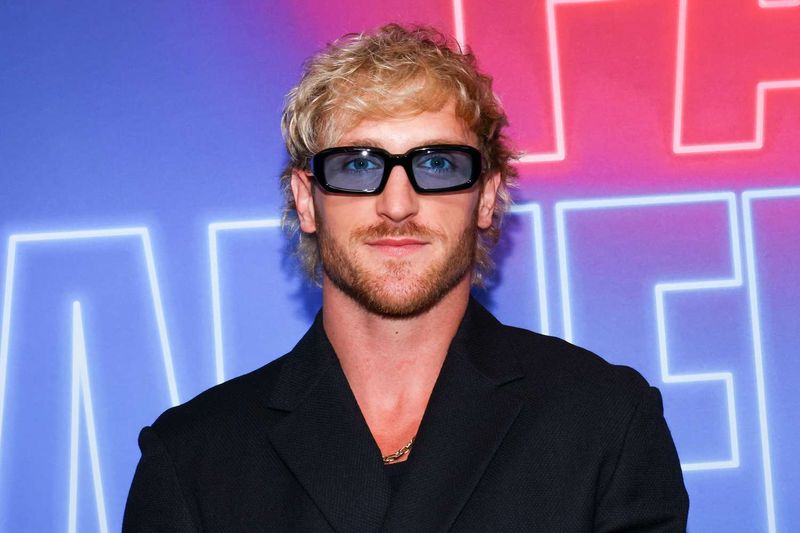
Daily uploads from Los Angeles showcased an exciting lifestyle many viewers followed and envied.
Everything changed when he filmed inappropriate content in Japan’s Aokigahara forest. The backlash was swift and severe, forcing YouTube to examine its policies and creator accountability measures.
This incident accidentally triggered major platform changes. YouTube implemented stricter community guidelines, demonetization policies, and review processes for trending content. Logan’s mistake forced the platform to take creator behavior more seriously. The controversy showed that even YouTube’s biggest stars weren’t immune to consequences. His situation created precedents for how the platform handles controversial content from major creators.
11. LeafyIsHere
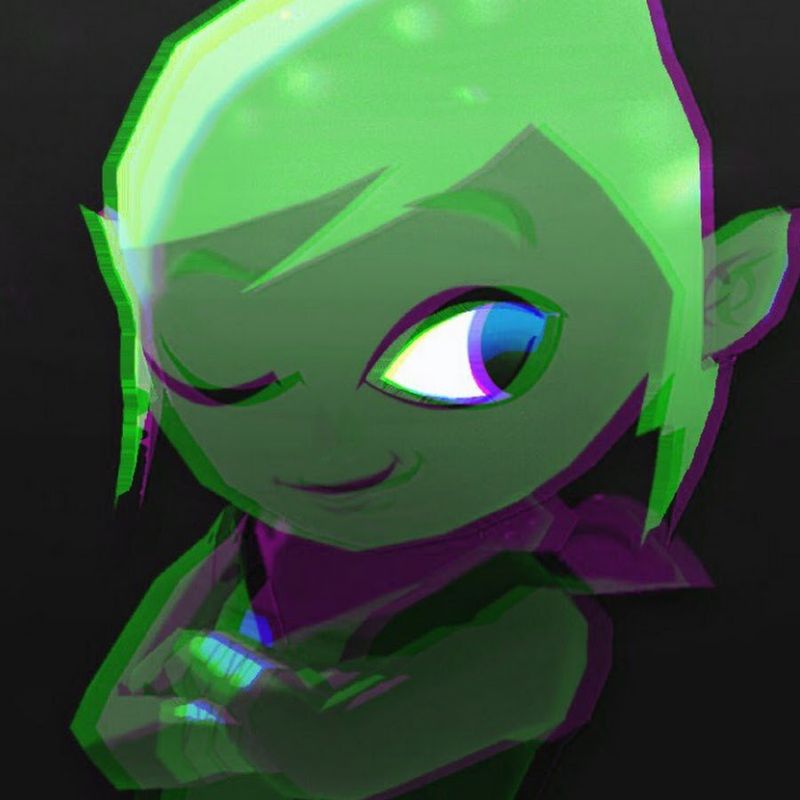
Calvin Vail created a unique commentary style where he criticized other creators while playing simple games. His monotone delivery and harsh roasts attracted millions of viewers who enjoyed his cynical humor.
His eventual ban from YouTube sparked massive debates about harassment, free speech, and platform responsibility. Supporters argued he was unfairly silenced while critics celebrated the removal of toxic content.
LeafyIsHere’s ban accidentally became a landmark case for online content moderation. His situation highlighted the difficult balance between allowing criticism and preventing harassment. The controversy forced discussions about where platforms should draw lines between acceptable commentary and targeted bullying. His case influenced how YouTube now handles creators who make content primarily focused on criticizing others.
12. Onision
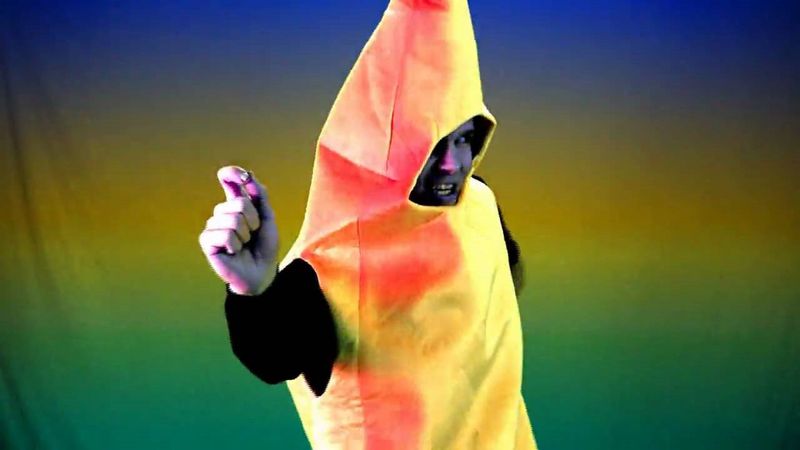
Onision’s content often pushed boundaries and generated significant discussion in YouTube comments.
Multiple controversies surrounding his behavior brought intense scrutiny to how YouTube handles creator misconduct. His situation raised questions about platform responsibility for creator actions beyond just video content.
Onision’s controversies accidentally highlighted gaps in YouTube’s creator oversight. His case showed that platforms struggle with addressing creator behavior that happens outside their websites but affects their communities. The ongoing discussions about his content forced YouTube to consider how creator conduct in their personal lives impacts platform safety. His situation contributed to broader conversations about protecting vulnerable audiences from potentially harmful creators.
13. Penguinz0
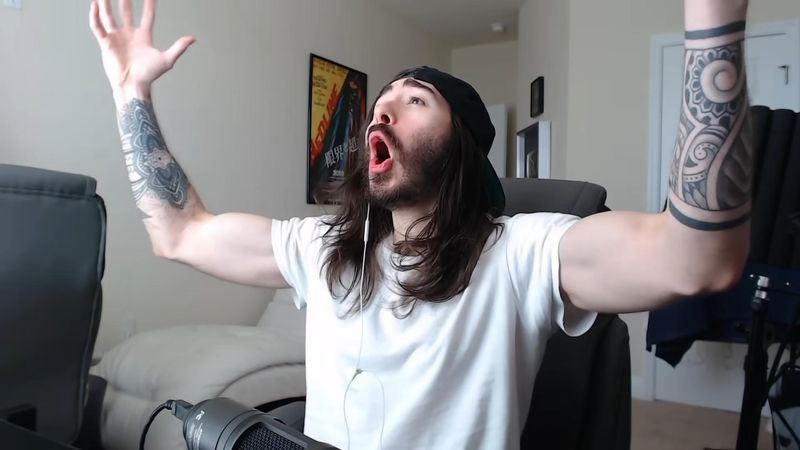
Charlie White started making gaming videos with his distinctively dry, deadpan humor. His understated reactions to absurd situations created a unique comedic style that stood out from typical energetic gaming content.
His commentary approach and meme-worthy phrases accidentally shaped internet humor culture. Charlie’s calm delivery of ridiculous observations became a template many creators copied.
Penguinz0’s influence extends far beyond gaming into general internet culture. His catchphrases and reaction style spread across social media platforms, influencing how people communicate online. Charlie accidentally created a new form of internet personality – the ironically detached commentator who finds humor in everything. His approach proved that creators didn’t need to be loud or hyperactive to build massive audiences and cultural influence.
14. Tati Westbrook

Building her career reviewing makeup and skincare products with honest, detailed opinions, her mature approach attracted viewers seeking trustworthy beauty advice from someone who tested products thoroughly.
Her “Bye Sister” video about James Charles accidentally triggered major changes to YouTube’s interface. The dramatic subscriber count shifts during their public dispute led YouTube to hide real-time subscriber counts.
This policy change affected how all creators and viewers experience the platform. Before Tati’s video, people could watch subscriber numbers change in real-time during controversies. YouTube decided this feature encouraged harassment and unhealthy obsession with metrics. Her unintended consequence of creating a subscriber count spectacle led to platform-wide changes that still exist today, making YouTube less focused on public numbers.
15. James Charles
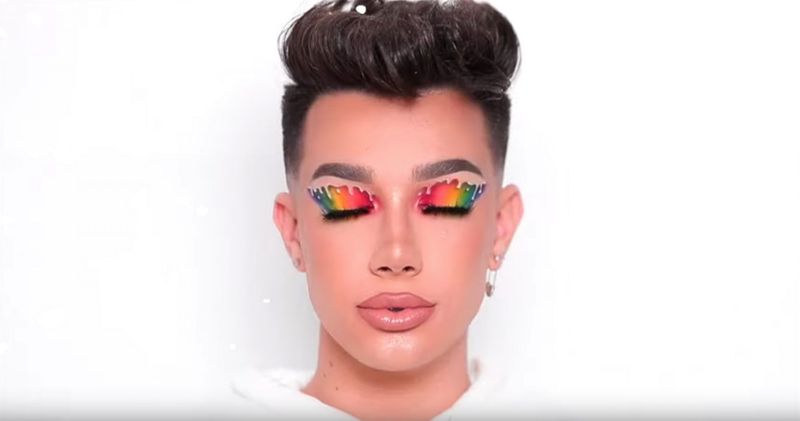
James became the first male CoverGirl spokesperson and built a massive following with his makeup tutorials and bold personality. His success broke gender barriers in the beauty community.
His public fallout with Tati Westbrook and subsequent controversies changed how influencer public relations teams handle crisis management. The speed and scale of his reputation damage shocked the industry.
James’s situation accidentally created new standards for influencer crisis communication. PR teams now prepare more carefully for potential scandals and develop faster response strategies. His experience showed how quickly internet fame can turn into infamy. The beauty community learned that personal relationships between creators can have massive business consequences. His ups and downs became a case study in managing influencer careers through controversy.
16. Jeffree Star
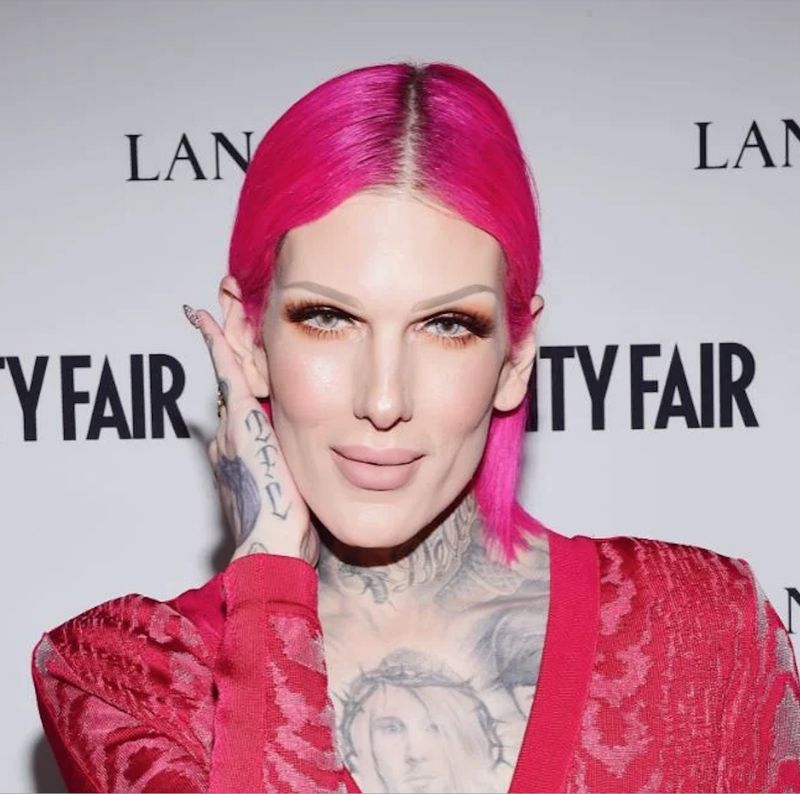
Transitioning from MySpace music to YouTube beauty content, Jeffree started building a cosmetics empire. His success proved that controversial creators could build legitimate businesses.
His involvement in various beauty community dramas accidentally established drama as a viable content strategy. Many creators began manufacturing conflicts to generate views and engagement.
Jeffree’s approach accidentally normalized drama-driven content creation across YouTube. His ability to turn personal conflicts into profitable content inspired others to adopt similar strategies. The beauty community became particularly known for public feuds and exposed videos. His influence showed that controversy, when managed correctly, could be more profitable than traditional content. This accidentally created a culture where some creators prioritize drama over authentic content creation.
17. Toby Turner
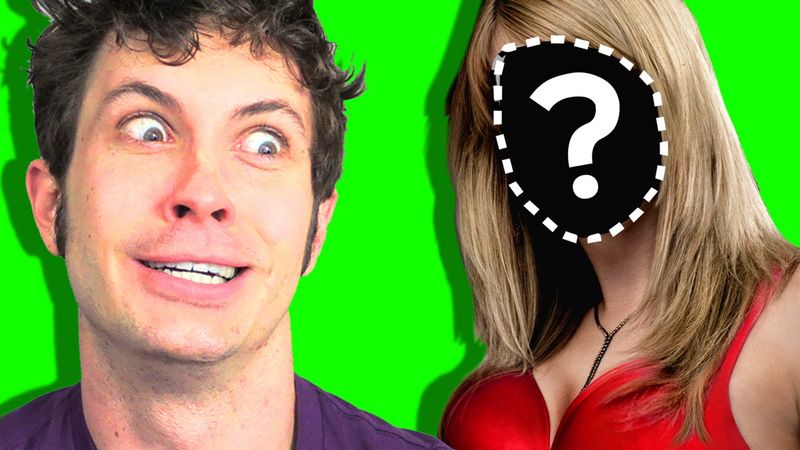
Tobuscus became one of YouTube’s earliest major gaming personalities through his energetic “Literal Trailers” and gaming commentary. His success helped establish gaming as a legitimate YouTube category.
His rapid decline following personal controversies demonstrated how quickly internet fame could disappear. Toby went from millions of views to relative obscurity almost overnight.
His fall accidentally highlighted the volatility of internet celebrity. Before Toby’s decline, many assumed YouTube success was permanent once achieved. His situation showed that online audiences could abandon creators just as quickly as they embraced them. This reality check influenced how creators approach their careers, encouraging diversification and backup plans. Toby’s story became a cautionary tale about the temporary nature of internet fame and the importance of maintaining positive public relationships.

Comments
Loading…